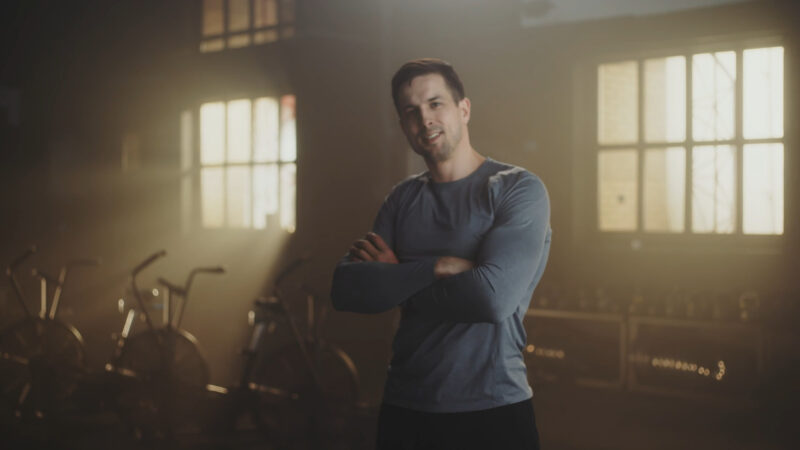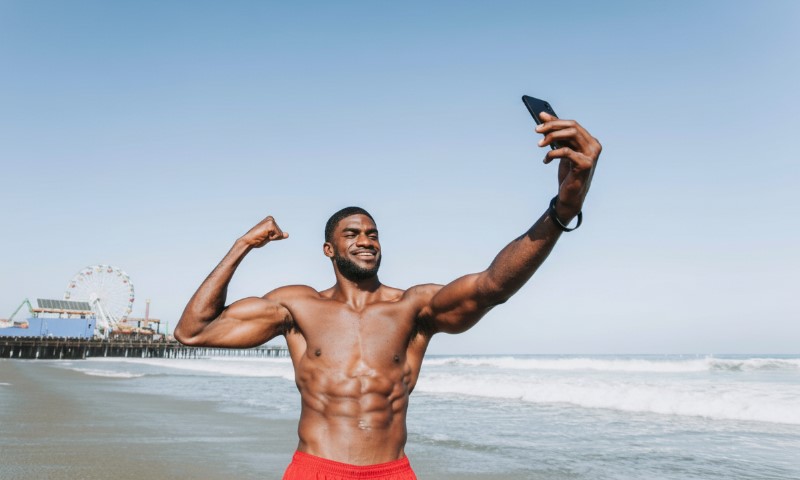The growing presence of women in sports marks a significant shift in societal attitudes, reflecting strides in gender equality.
However, female athletes encounter challenges that often remain invisible to spectators.
These obstacles extend far beyond athletic performance, revealing a range of hidden struggles that demand attention.
Table of Contents
ToggleMedia Representation and Visibility

Female athletes face significant underrepresentation in sports media, with coverage often limited to major events or specific sports.
This lack of consistent visibility not only diminishes public interest but also impacts sponsorship opportunities and broader support.
For example, studies consistently show that male sports dominate airtime, leaving female athletes fighting for a fraction of the spotlight.
This imbalance is particularly pronounced in team sports like basketball or soccer, where women’s leagues receive significantly less media attention compared to their male counterparts.
This discrepancy influences public perception, often perpetuating the idea that women’s sports are less entertaining or competitive.
Limited coverage restricts opportunities for female athletes to inspire the next generation, further deepening the divide in representation.
Additionally, the portrayal of women in sports media frequently focuses on appearances or off-field narratives, such as their personal lives or fashion choices, detracting from their athletic achievements and reinforcing stereotypes.
Research shows that women’s sports account for less than 5% of total sports media coverage globally, despite growing participation and interest.
Efforts to address these gaps are underway, including initiatives to equalize airtime and elevate women’s sports through dedicated campaigns.
Major networks are beginning to dedicate slots for showcasing women’s events, while online platforms are creating spaces where female athletes’ stories are told authentically.
Gender Bias and Stereotyping

Gender bias remains a significant obstacle for female athletes, influencing how they are perceived and treated within the sports industry. Societal expectations often pigeonhole women into roles or behaviors that conflict with their identities as athletes, creating a double standard.
For example, assertiveness in male athletes is celebrated, while similar traits in women may be criticized, often leading to labels such as “overly aggressive” or “unladylike.”
This bias extends to sponsorships and endorsements, where women often receive fewer opportunities compared to their male counterparts, even in identical sports.
Recognition for accomplishments is also impacted, with female athletes frequently overlooked for major accolades such as MVP awards or Hall of Fame inductions.
Such disparities perpetuate a cycle where women’s sports receive less funding and attention, further marginalizing female athletes.
Stereotypes exacerbate these challenges, framing female athletes as less competitive or prioritizing their physical appearance over skill. Media coverage often reinforces these biases, with commentary focusing on aesthetics rather than performance.
Key Areas Impacted by Gender Bias:
- Sponsorships and endorsements
- Media coverage and portrayal
- Recognition in awards and accolades
- Access to high-quality coaching and resources
To combat these issues, there must be a concerted effort to dismantle stereotypes and promote equitable treatment.
Advocating for female representation in leadership roles within sports organizations is another crucial step toward addressing systemic bias.
Body Image and Mental Health Challenges

Female athletes often face immense pressure related to body image, fueled by societal ideals and scrutiny over their physical appearance.
The pressure can lead to disordered eating, body dysmorphia, and other mental health challenges. Unlike male athletes, women are frequently subjected to judgments about how they look rather than how they perform.
The intersection of athletic demands and societal expectations exacerbates stress and anxiety. Performance pressure adds another layer, as female athletes must constantly prove their worth in a system that often undervalues them.
Support systems and open dialogue about mental health are critical for addressing these issues. Professional sports organizations are beginning to implement resources for mental health, but there is a long way to go.
Key Considerations for Female Athletes:
- Body Image Pressures: Societal ideals often emphasize appearance over performance, leading to body dissatisfaction.
- Mental Health Challenges: The combination of athletic and societal pressures can result in increased stress, anxiety, and other mental health concerns.
- Health Issues: Conditions like uterine fibroids can adversely affect training and performance.
- Access to Support: Availability of mental health resources and medical treatments is crucial for overall well-being.
Additionally, female athletes may encounter health issues such as uterine fibroids, which can impact their performance and overall well-being.
Uterine fibroids are noncancerous growths that develop in the uterus and can cause symptoms like heavy menstrual bleeding, pelvic pain, and frequent urination.
Imaging and Interventional Specialists offer non-surgical treatments for uterine fibroids, such as Uterine Fibroid Embolization (UFE). UFE is a minimally invasive procedure that effectively targets and treats fibroids without requiring surgery or harming the uterus. If you are in need of this treatment, check here.
Inequities in Training and Resources

Disparities in funding, facilities, and coaching between male and female sports continue to pose significant challenges.
Female athletes often train in substandard conditions compared to their male peers, which directly affects their performance and overall career development.
These inequities arise due to systemic biases where men’s sports are perceived as more profitable, leading to a disproportionate allocation of investments and resources.
Facilities for female athletes frequently lack the advanced equipment and maintenance provided to male teams.
This disparity can hinder not only physical preparation but also recovery, as access to state-of-the-art medical and rehabilitation facilities is often limited for women’s teams.
For example, sports that demand specialized training environments, such as swimming or gymnastics, see a stark difference in the quality and availability of facilities for men and women.
Coaching opportunities reflect a similar imbalance. Women’s teams often struggle to secure experienced or high-profile coaches, limiting mentorship opportunities and the potential for skill development.
This issue is exacerbated in sports requiring expensive equipment, where financial barriers disproportionately affect female participation.
Key Areas of Inequity:
- Funding Gaps: Male sports receive a larger share of sponsorships and institutional budgets, leaving female athletes at a disadvantage.
- Facility Quality: Women’s teams often train in outdated or poorly maintained facilities compared to their male counterparts.
- Access to Coaching: Experienced coaches are more readily available for men’s teams, limiting the competitive growth of female athletes.
- Equipment Availability: Expensive or specialized equipment is less accessible to women’s teams, affecting preparation and performance.
 You will find more infographics at Statista
You will find more infographics at Statista
The Bottom Line
The hidden struggles of female athletes reveal a broader need for systemic change in sports.
Greater awareness and collaborative efforts can dismantle barriers, ensuring equitable treatment and opportunities.
Supporting female athletes is not just about fairness—it’s about valuing their contributions and recognizing their potential to inspire future generations.
Related Posts:
- Why High-Quality Photos Matter for Sponsorships and…
- How Can You Start a Career as a Running Coach?
- Top 400 Hilarious Gym Quotes to Keep You Motivated
- 80 Best Motivational Cross Country Running Quotes 2025
- 60+ Best Bible Verses for Athletes - Motivation and…
- How Long Does It Take to Train for a Half Marathon?







